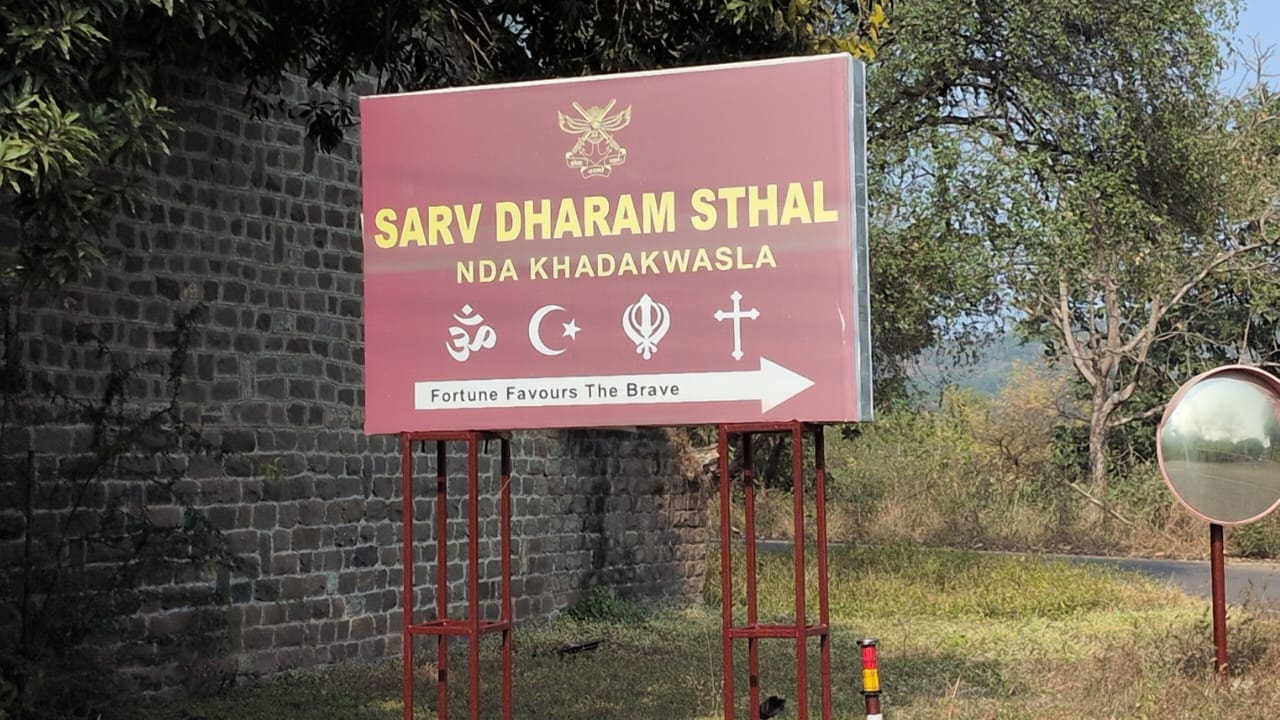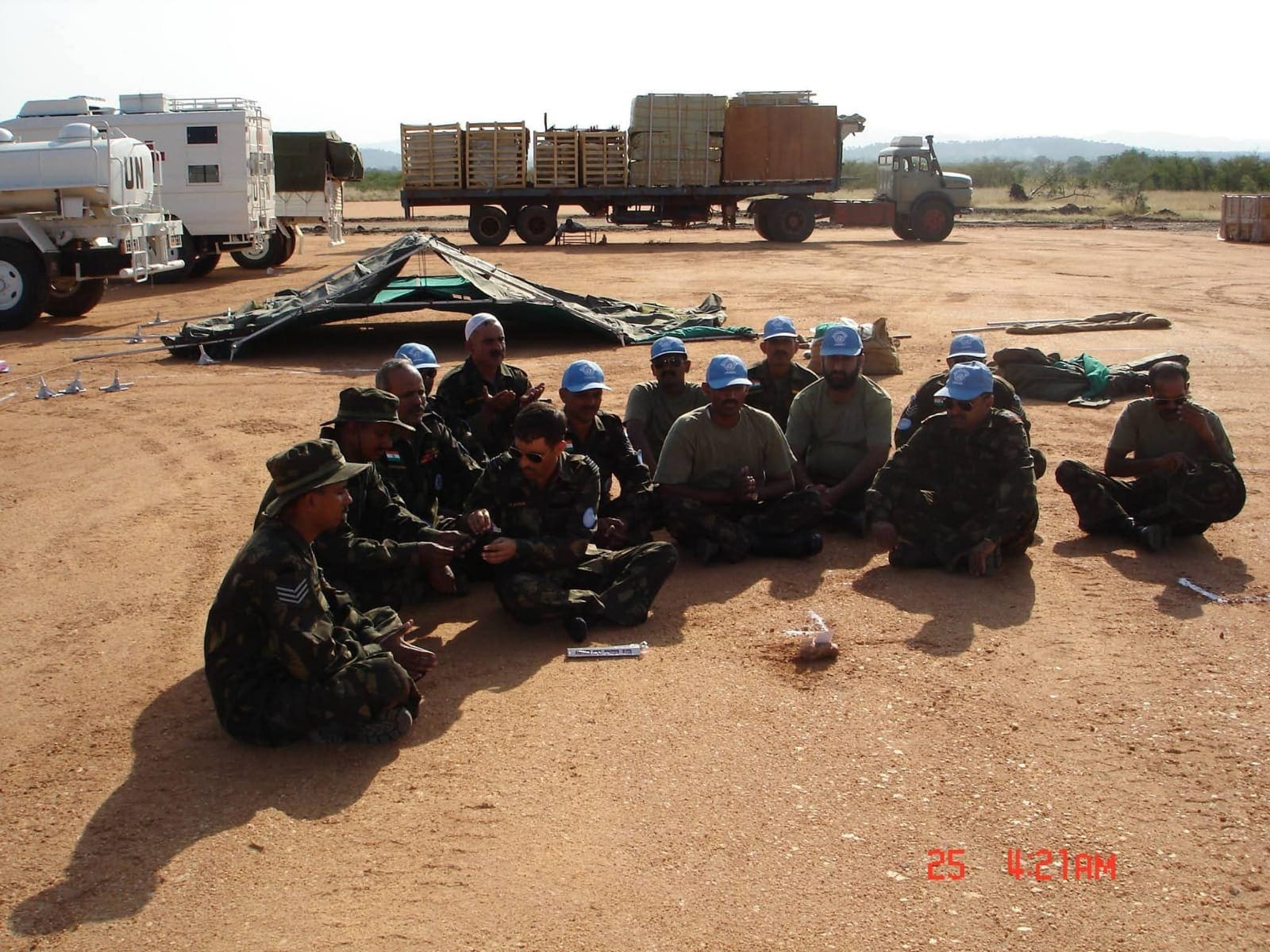The Supreme Court has upheld the dismissal of a young Indian Army officer for refusing to conduct rituals in a religious place not of his faith. The officer contended that the order to do so was violative of his fundamental right to follow his religion, while the Court told him, “You have to respect the collective sentiment of your command as a group leader and lead by example.” The case has thrown up contrasting views where ‘progressive' ideas are being weighed against the special requirements of the armed forces, especially of the Indian Army; this disagreement needs discussion.
Brought up in secular India, where bowing to every religious deity and place of worship became a way of life for many, the environment in the National Defence Academy (NDA) was similar. The NDA has a Sarva Dharm Sthal complex where the Commandant, irrespective of his personal faith, leads rituals during festivals. NDA cadets, who form the backbone and bulk of the officer cadre of our armed forces, imbibe this spirit in their formative years.
Air Force Station Jammu was my first posting. It has a Pir Baba shrine on the airfield, next to the runway, worshipped by people of all faiths. The ‘feeling' that runs through Station personnel is that the shrine protects the airfield - I speak from my memories of a twenty-something youngster who had a four-year stay in the 1970s, and then as Station Commander in 2002 during Op Parakram, when we almost went to war. Did I go to the Pir and offer my prayers? Yes, I prayed for the Pir's blessings in the dargah to help my Station come out well, if the events led to war. The essence of 'sarva dharm' was the underlying spirit.

The Sarv Dharm sthal
Leh was next. The reverence and importance that the armed forces (especially the Indian Army) attach to their ‘link' with the Almighty are borne out from a pilgrimage site, Pathar Sahib, that has grown in importance such that it is now listed on international tourist maps.
I first visited the ‘Pathar Sahib' in 1978, when it had a small (15x15 ft) tin shed, around it - nothing else. Pathar Sahib, for the uninitiated, has the impression of Guru Nanak Dev on a stone that was rolled down by a demon to kill people in his congregation, but was stopped by his body as he was deep in meditation. Today, the gurudwara is a sprawling pilgrimage site that the Army voluntarily took over sometime in the 1980s, and is looked after by a battalion with a 24-hour langar. People, especially troops, transiting to and from Leh, stop to pay reverence. Then there is the shrine of the ‘Op Baba' at the Base Camp of Siachen Glacier. ‘Op Baba' is mythical as no one knows who he was. But all soldiers going up the glacier to take up the defences, irrespective of their religion, seek blessings for a safe deployment and report back to him on return. That is how deep religiosity is in the Indian Army.
A Different Kind Of Brotherhood
The approach towards religion is similar in the Air Force and the Navy, too. In the Indian Air Force's (IAF) contingent to the UN Mission in Sudan, we were given a flat piece of land to set up camp. Before the first tent was erected, the advance party did a ‘bhoomi puja' with a locally made idol from the soil of Sudan (the idols were in the 'mandir'-kit that was to follow with the main party). The seniormost officer acted as the ‘panditji', Cpl Gurwinder Singh was the Sikh who offered ardas, NCE Abdul Dorji, a Muslim from Srinagar, offered the sajdah - and our camp was on its way! Since we had only small six-man tents, our tented mandir, masjid and church came up adjacent to each other and offered us the solace that came from all festivities - Diwali, Holi, Eid, Chath, Christmas, Gurparb et al - that were celebrated with gusto and fervour.

Our Mandir, Masjid and Church

The 'bhumi pujan' in Sudan
As the seniormost officer, I led them in the different places of worship. Any other officer would have done the same because, in the Indian Armed Forces, an officer's religion ends within the four walls of his abode; outside that, there is an unlimited expanse where an officer is looked up-to by his subordinates as someone with a religion-neutral halo. The officer is one, with each combatant placed under him, irrespective of any yardstick - race, religion, state - that may be applied in civil life.
The young Army officer dismissed from service for refusing to do puja in a ‘Mandir Parade' did not measure up to one basic requirement expected from a leader in the Indian Armed Forces - that of subsuming his personal faith and belief with those of the men and women who are under his watch. Many on social media have commented that the Indian Army must change with times, that the ‘Mandir Parade' is a carryover from the colonial era and that the Constitution of India permits every Indian to follow his religion and his religious beliefs.
All these arguments need to be read with one caveat. In war, the soldier does not fight for his country; he fights for his buddies with whom he breaks bread, shares his joys and sorrows - and has a common link with the Almighty. The Almighty for him is belief in a power that he has worshipped with his buddies and in which his commanding officer took the lead in paying reverence. The officer cannot be absent - ever - from this cocoon of brotherhood if he is to command implicit obedience from his troops when the bullets come flying. That, folks, is the creed of the Indian armed forces.
(The author is former Additional Director General, Centre for Air Power Studies, and a retired Air Vice Marshal of the Indian Air Force)
Disclaimer: These are the personal opinions of the author



